Writer: Peter Bergström
Here are the facts about France - 30 things you (maybe) didn't know. We have travelled around France for a total of 4 months and visited many different places, especially along the beautiful coasts. France is one of our absolute favourite countries in the world, facing both the Atlantic Ocean in the west and the Mediterranean Sea in the south.
Table of contents
Facts about France
France is an incredibly exciting country with everything from fantastic food and wonderful wines to the sea, the Alps, culture and history. Now that we've gathered some cool and interesting facts about France, it's time to get started!
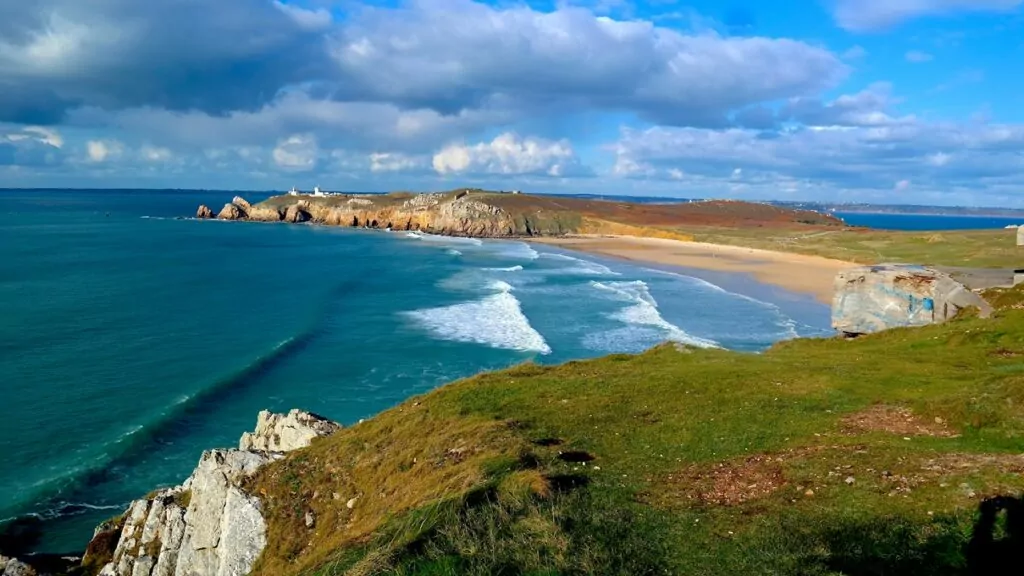
1. Thank you for the food - French Revolution
Between 1789 and 1799, the French Revolution took place, when the people had enough and overthrew the nobility. All the cooks in the castles and manor houses were put out of work, but they could cook fine food. Small restaurants were opened everywhere and the great knowledge of cooking spread. We can perhaps thank the revolution for the good food from France in everybody's house. Bon appétit!
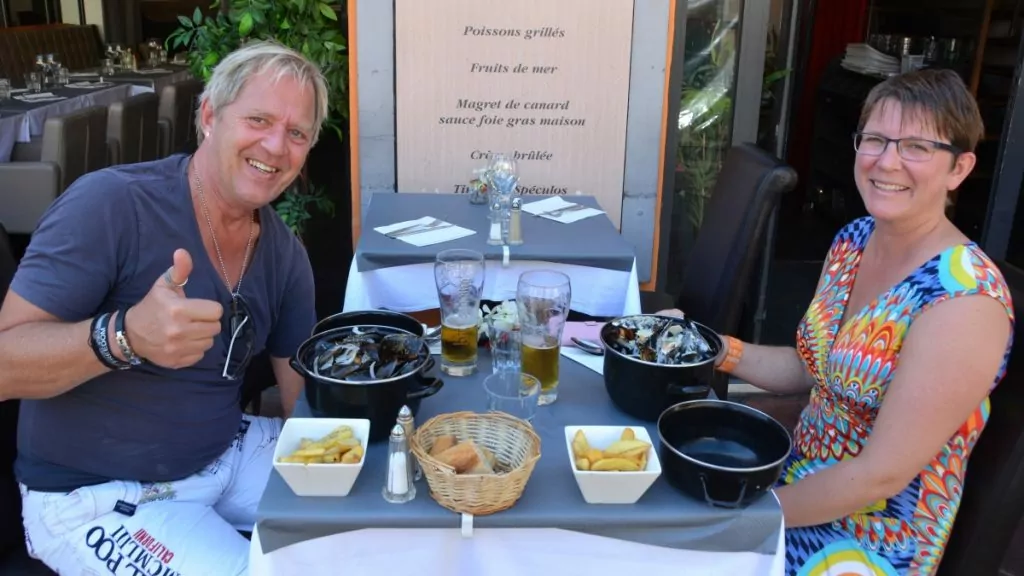
2. Most Michelin restaurants in the world
Speaking of food, France and Japan (2019) have the most 3-star Michelin restaurants in the world. These countries have 29 each, and the stars are challenging to maintain as checks are made unannounced. In comparison, Sweden has only one 3-star restaurant.
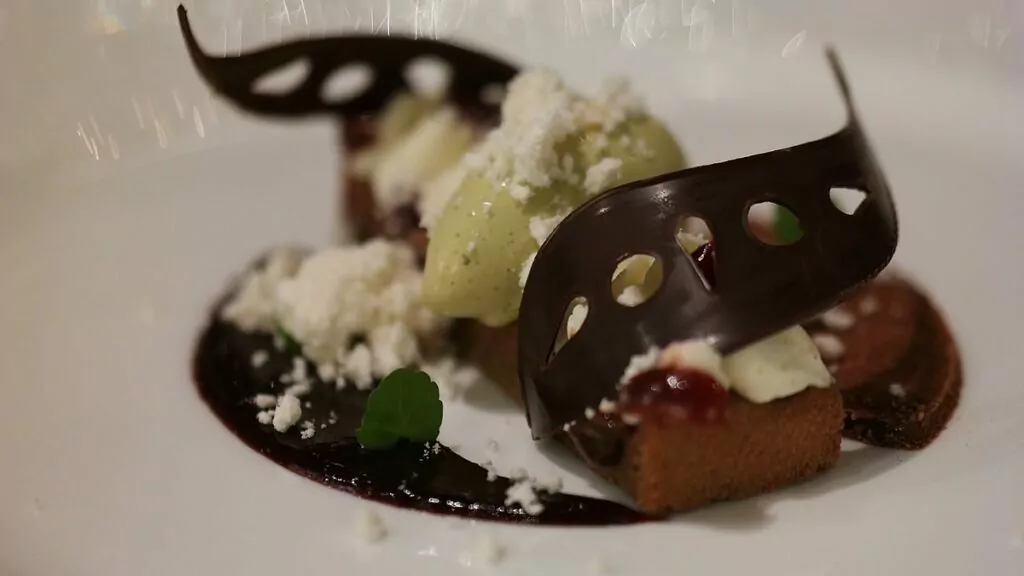
3. First sharing of a mobile phone photo took place in France
Frenchman, mathematician and inventor Philippe Kahn sent a photo in 1997 from his mobile phone and shared it with 2000 other people. Driven by his wife's pregnancy, he wanted to share the birth in real time and succeeded. Keep in mind that this was the first time and it's only 20 years ago.

4. In France, people eat the right way
The French are one of the slimmest in Europe, and three-course meals are served from pre-school onwards. This continues at school too, preferably with four courses to learn about food and culture. First a salad, then a main course, cheese, dessert and, of course, bread. High-five on that one! In 2010, by the way, France received a Unesco award for always preserving the cultural heritage of its food. Class!
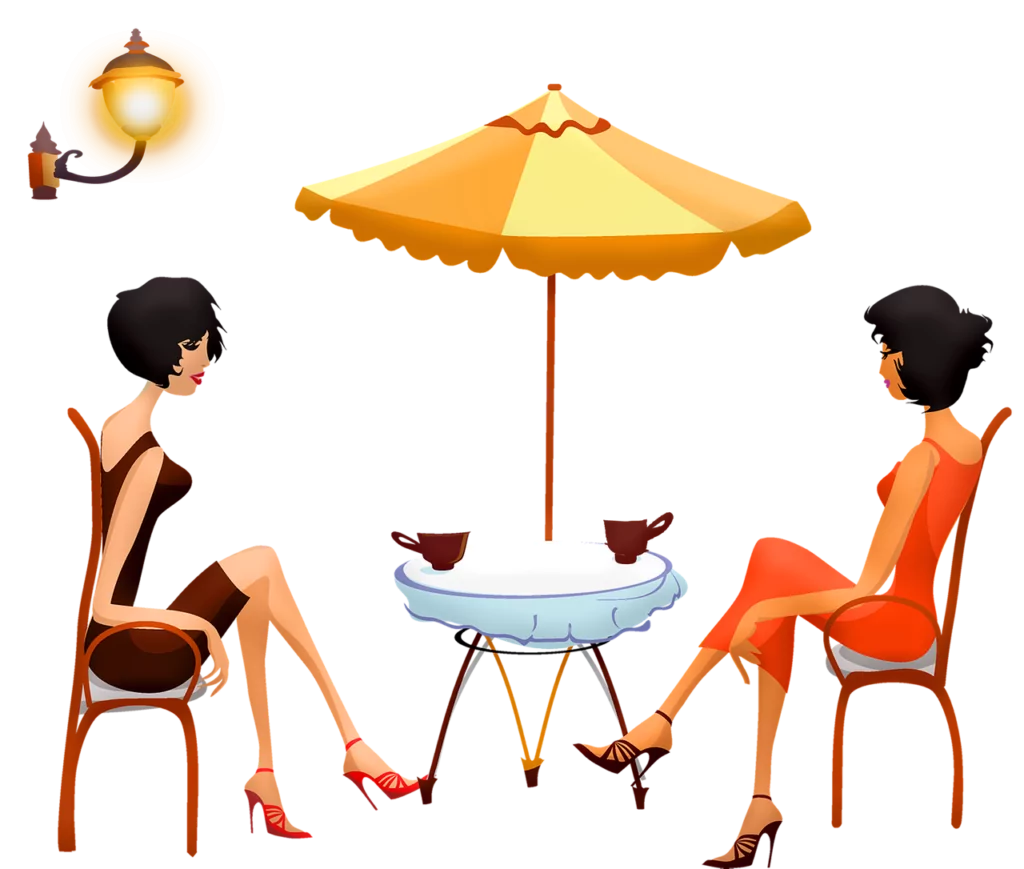
5. the French Riviera is actually called Côte d'Azur
In Sweden we say 'French Riviera', but it is actually called Côte d'Azur. It starts from the east at the Italian border at La Spezia and goes to Toulon in the west (previously the border was at Saint Tropez). Côte means coast and d'Azur means blue or emerald green. France, coast and precious stones - how about the jade coast, the alabaster coast or the pearl coast?
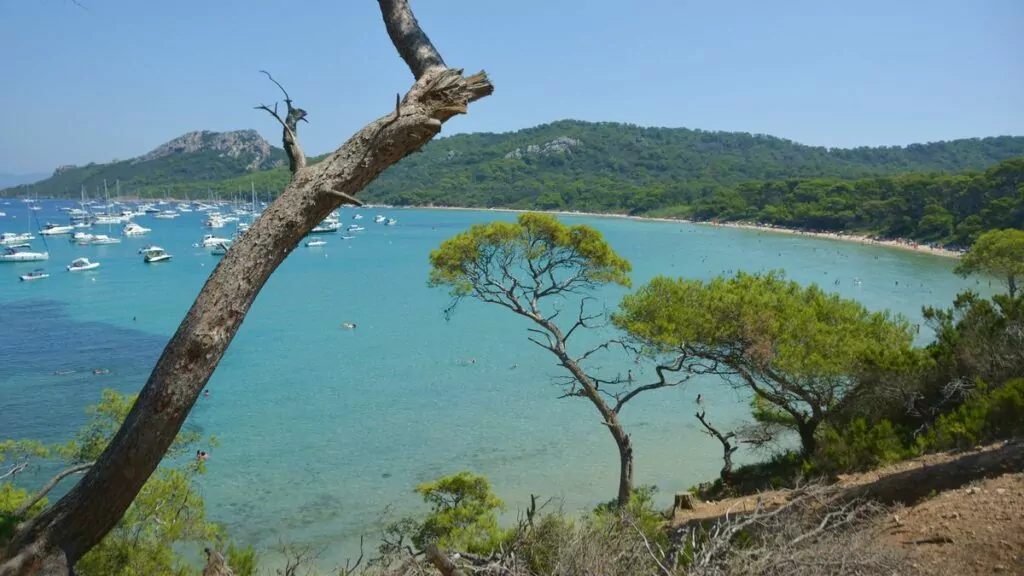
6. Many famous people come from France
Many famous people throughout history have originated in France. For example, we can mention Voltaire, Claude Monet, Edit Piaf, Yves Saint-Laurent, Coco Chanel, Joan of Arc, Victor Hugo and Gustave Eiffel.
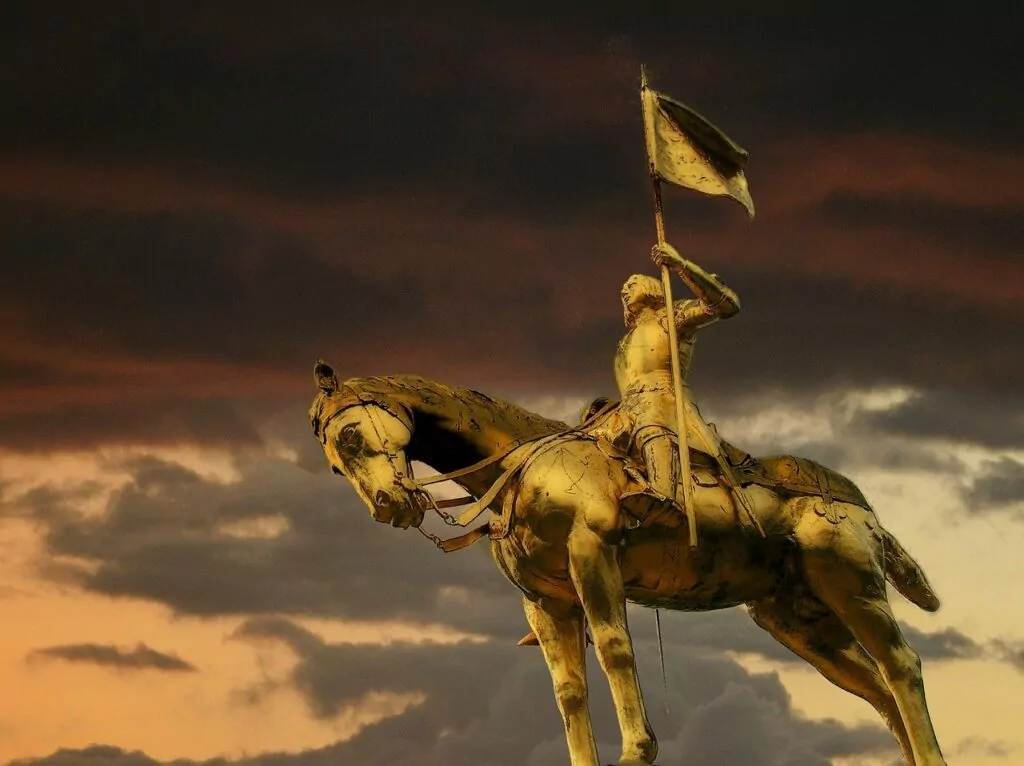
7. The Eiffel Tower in Paris should have been demolished.
In two years, 1887-1889, the 324 metre high iron tower was erected in Paris. The tower consists of a total of 12 thousand different components and 2.5 million rivets. The Eiffel Tower (Iron Lady) was built for the Paris World Fair in 1889, when the Moulin Rouge theatre was founded.
The tower was to be taken down at the end of the fair but Mr Eiffel managed to convince everyone that the tower was good for scientific studies. Imagine Paris without the Eiffel Tower! Before the Eiffel Tower, Gustave Eiffel built the Statue of Liberty, and lots of steel bridges around France... what a master!
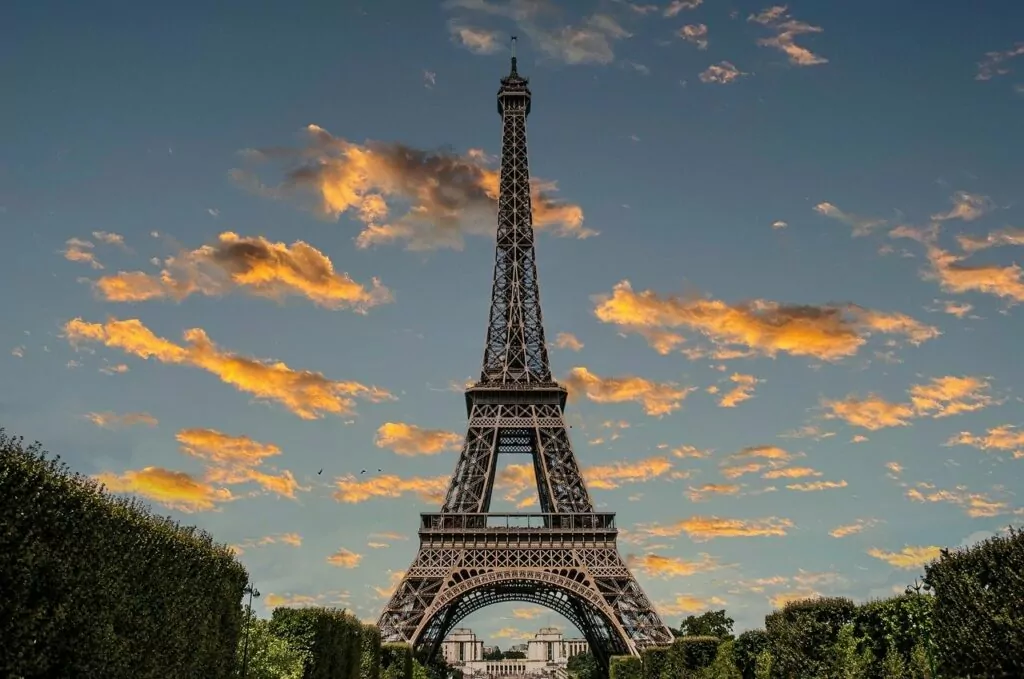
8. The French are erotic
France has more sex than any other country in Europe, at least according to various online articles. Maybe we Swedes shoot too few amorphous arrows ...? France also has plenty of naturist beaches and it is common to sunbathe and swim naked or topless.
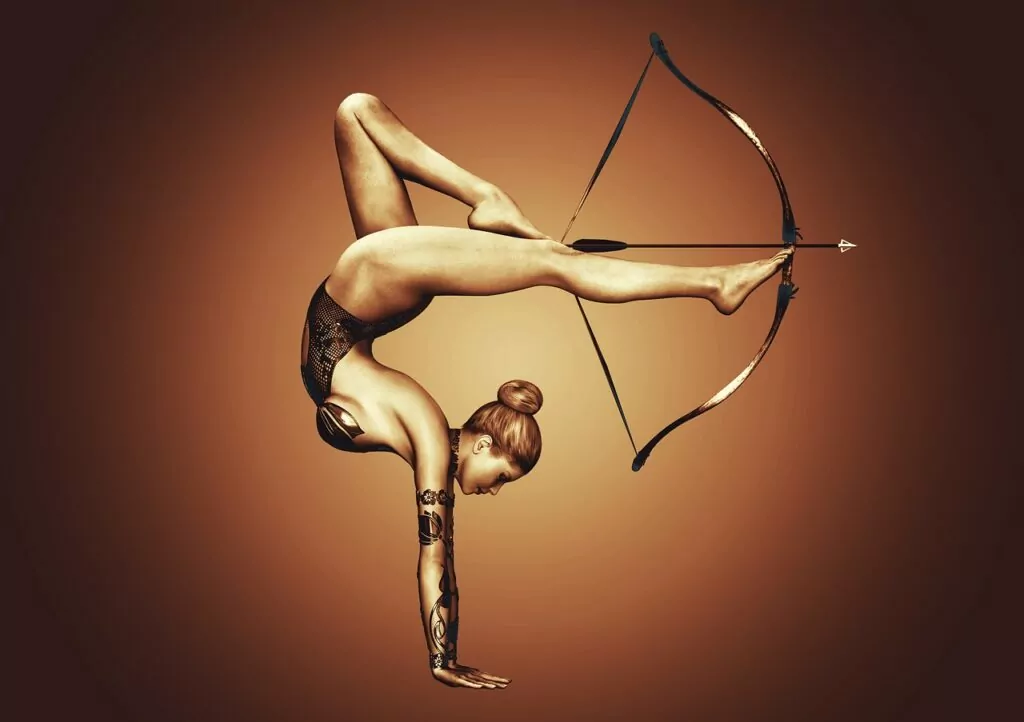
9. Old French law gave right to divorce in case of impotence
In the early 17th century, a law on impotence was created in France. If the husband was impotent, the wife could be granted a divorce. But how do you prove it? Well, you simply asked the man to masturbate in front of a council to see if he could come, hmmm, not so easy perhaps. The second attempt, if the first failed, was to have sex with his spouse in front of the council, haha. This was later abolished in the 17th century, but perhaps it was the first seed of the porn film of the day?
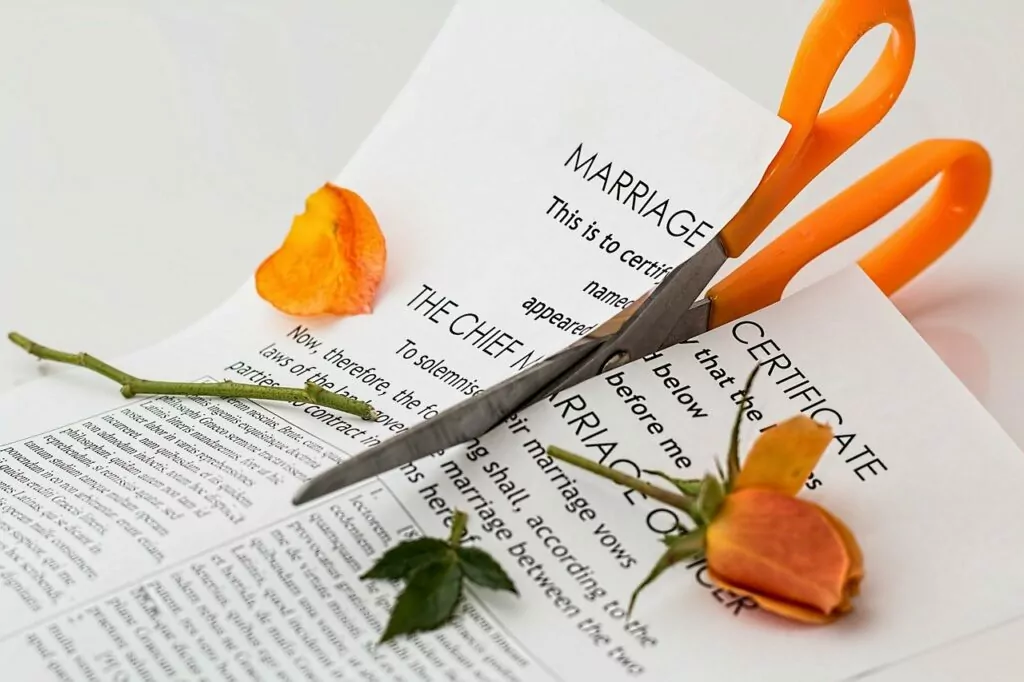
10. The stethoscope is from France
The first stethoscope was invented in 1816 by Frenchman René Laënnec. He thought it would be embarrassing to put his ear to a young foreign woman, so he took a sheet of paper and rolled it up. He put one side against his chest and the other in his ear and that's how it started.

11. French people eat 25kg of cheese per year
The French love cheese and France produces everything from Brie to Roquefort. In fact, there are around 250 different types of cheese to choose from. France eats 25kg of cheese per person per year, or even more if you believe some sources. What a godsend! Ooh la la!
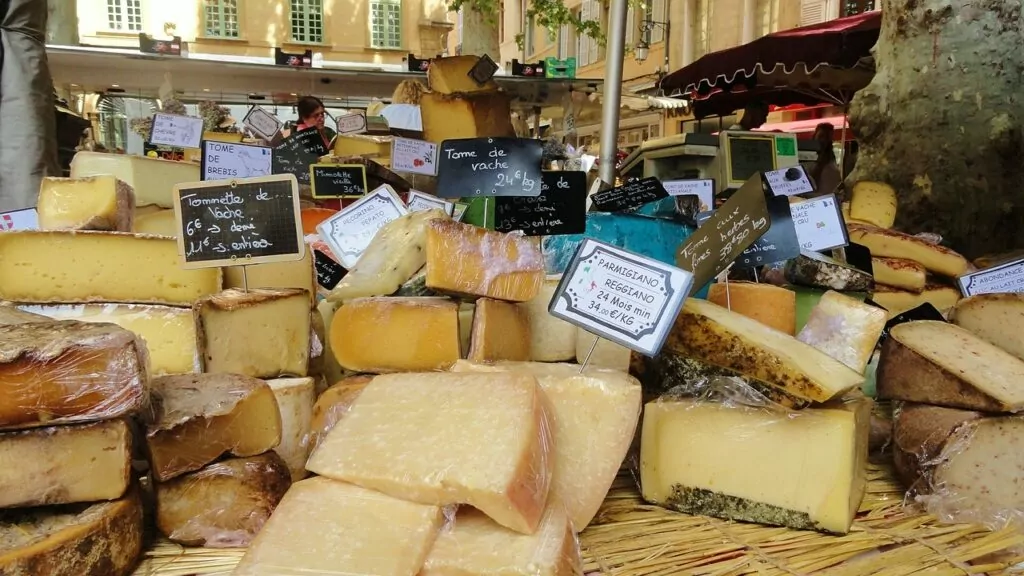
12. Kissing children in France is an art form
It's not easy to keep track of how to make a French kiss (la bise), how many to make or which side to start on. It is different in different regions of France and in many places it can vary from one to five cheek kisses. In Lyon and Paris there are two and in Lyon you start on the left side and in Paris on the right. It's not easy, even for a Frenchman, but it's done out of love and joy.
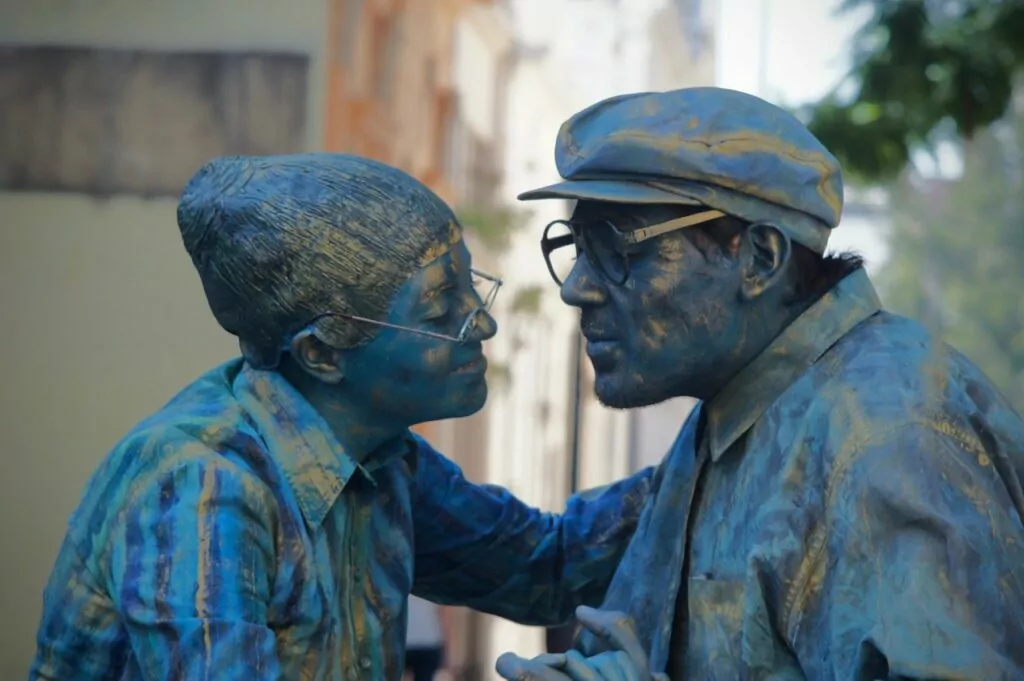
13. The world's most expensive wine comes from France
France is very classy and so are the world-famous French wines. In early October 2018, a bottle of red French burgundy was sold for $558 000 (almost €5 million) at Sotheby's auction. A Romanée-conti 1945 was sold to an Asian wine collector, which is still a world record today.
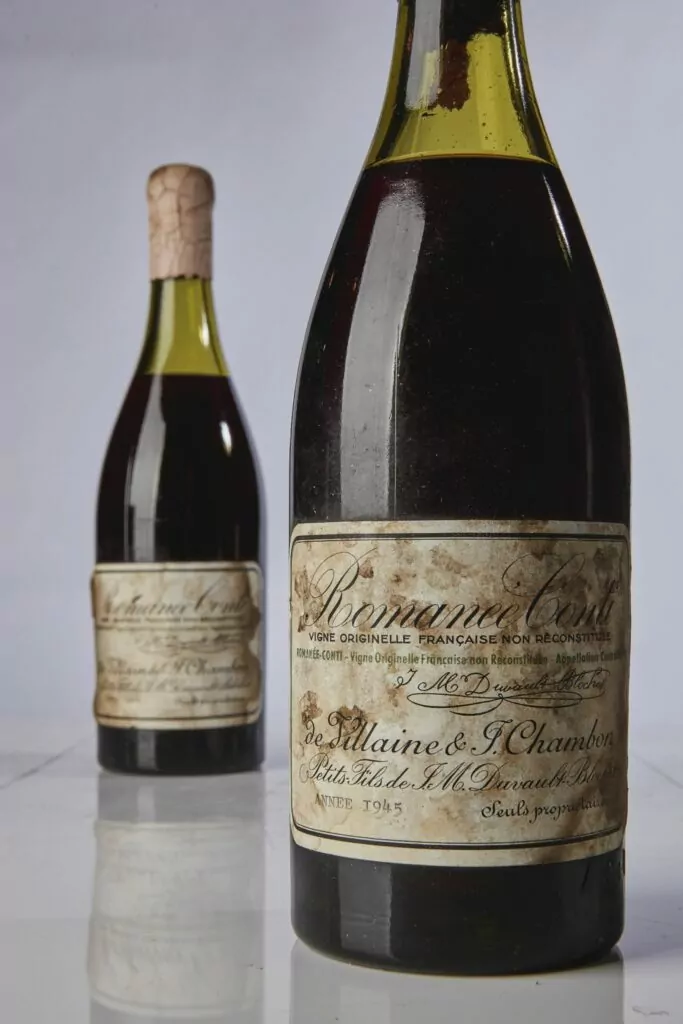
14. The croissant does not come from France ????
That's right, believe it or not, the beloved French pastry we all recognise as French, is an adaptation from the Austrian Kipferi (giffel), and is a Viennese speciality with roots dating back to the 13th century. August Zang from Vienna founded a Viennese bakery in Paris in 1839. The pastry became super popular and the French created their own version called the croissant.
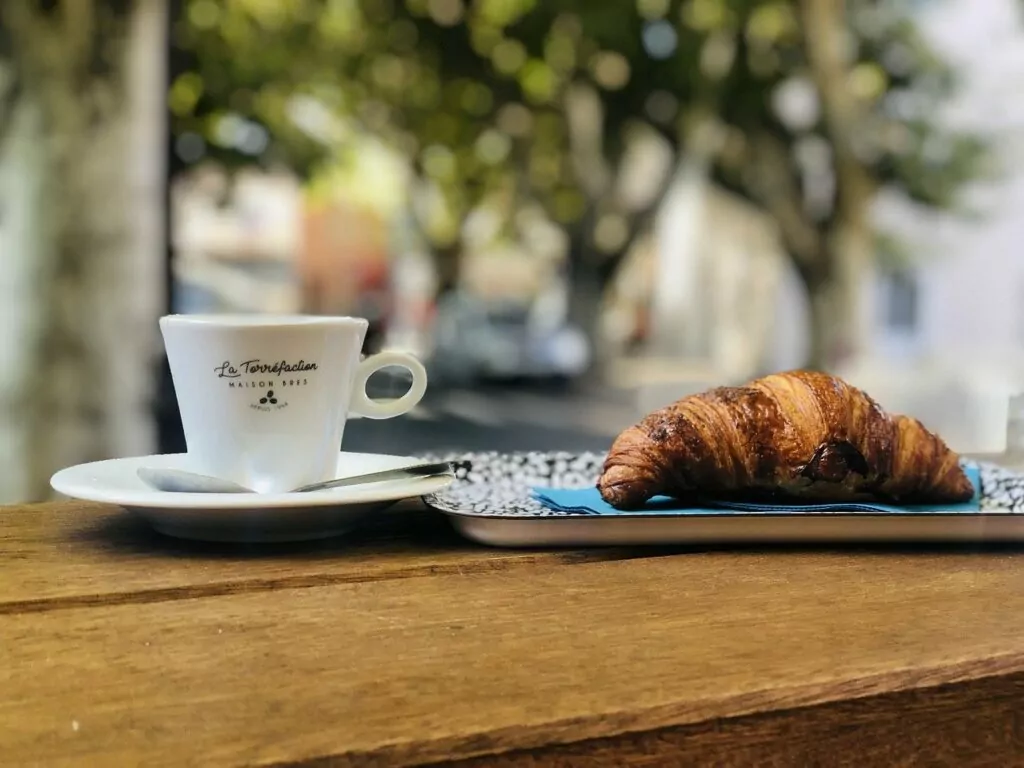
15. The Louvre is the most visited museum in the world
With over 9.6 million visitors in 2019, the Louvre is the most visited museum in the world. Here you can check out about 38,000 different artworks and there is also a collection of 460,000 artworks in the basement of the museum.
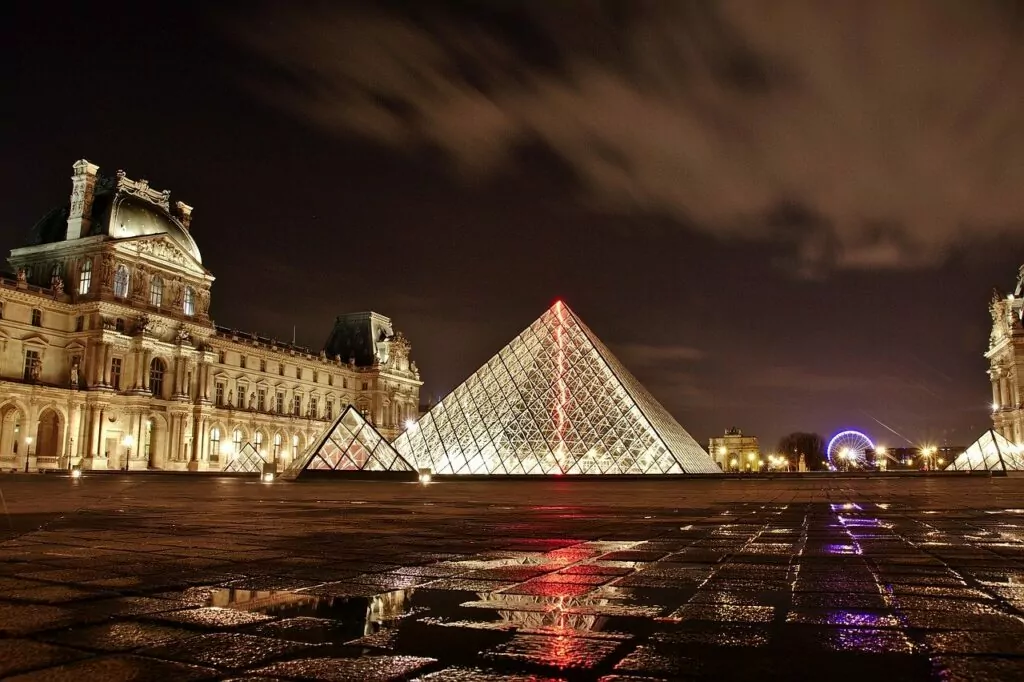
16. French kisses delay trains
Speaking of seemingly crazy laws and regulations, this one is completely bizarre. In France, it is actually illegal to kiss while a train is on the platform. This old law was introduced in 1910 at the request of railway managers who wanted to prevent the amorous French from delaying trains. All kissing on the platform must now be done before the train arrives... Time for a new revolution!
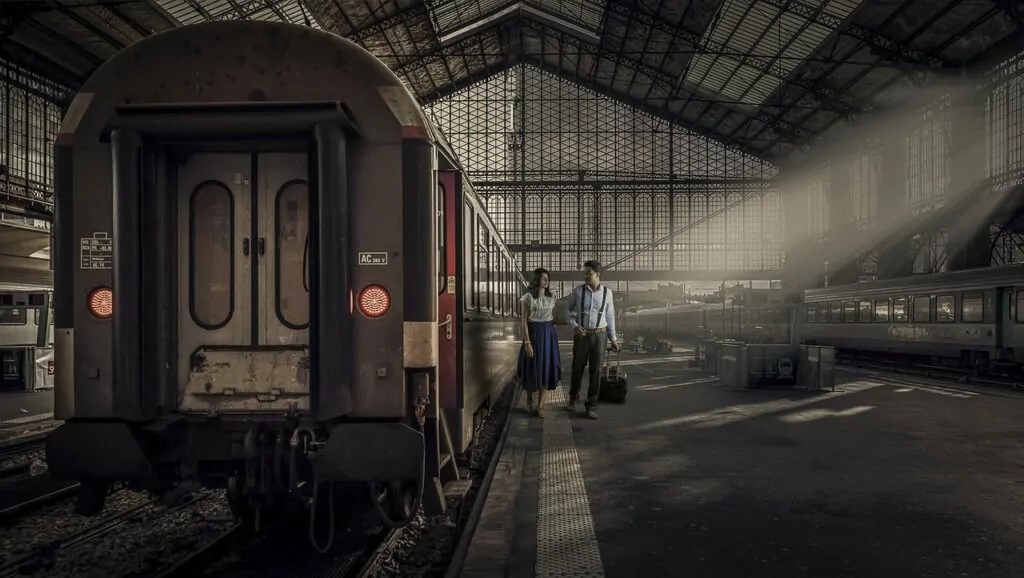
17. 100 years of the Tour de France
On 1 July 1903, 60 cyclists started the first ever Tour de France from the Parisian suburb of Montgeron. The 2013 Tour de France was the 100th edition of the Tour de France and around 15 million spectators lined up to watch the centenary celebrations. The Tour de France is the largest cycling race in the world.
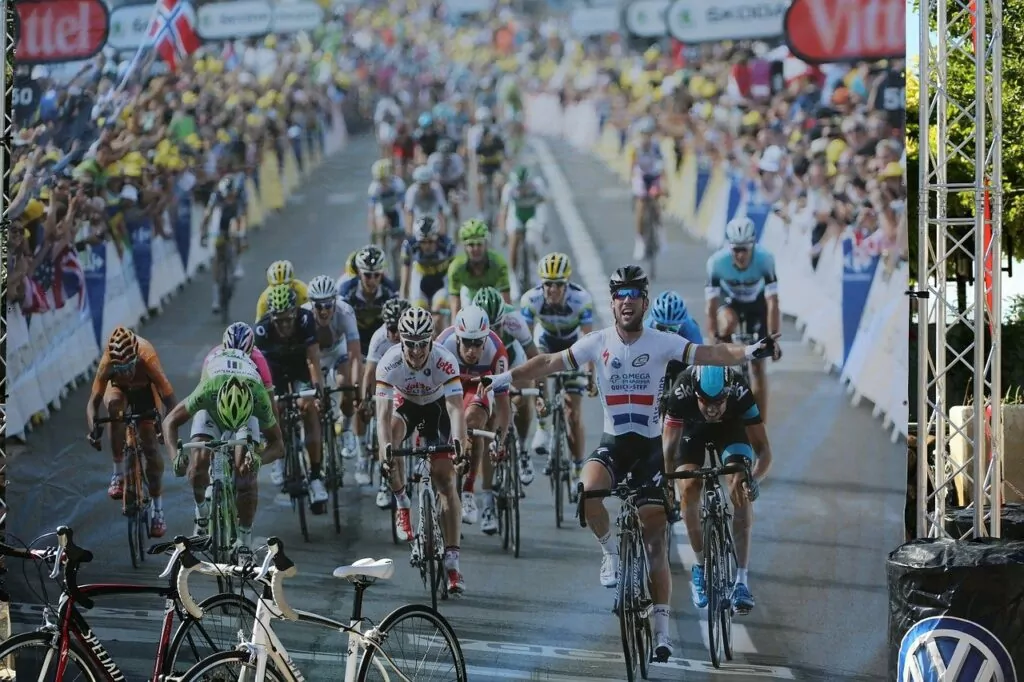
18. Cap d'agde - largest nude town in France
In the south of France there is a large nude city, which we visited in 2015, called Cap d'Agde. There is a photo ban as everyone goes naked even in the post office, grocery stores, clothes shops, etc. There are large hotel complexes with bars, sex shops, nightclubs, and beautiful beaches where 40-50 thousand naturists, swingers and gays gather every summer.
A little further east is Europe's only naturist island, Ile du Levant, which we checked out in 2019. Here everyone is also naked almost all the time and the island offers hotels, nightclubs, shops and crystal clear water. Read more about Ile du Levant - Europe's only nude island
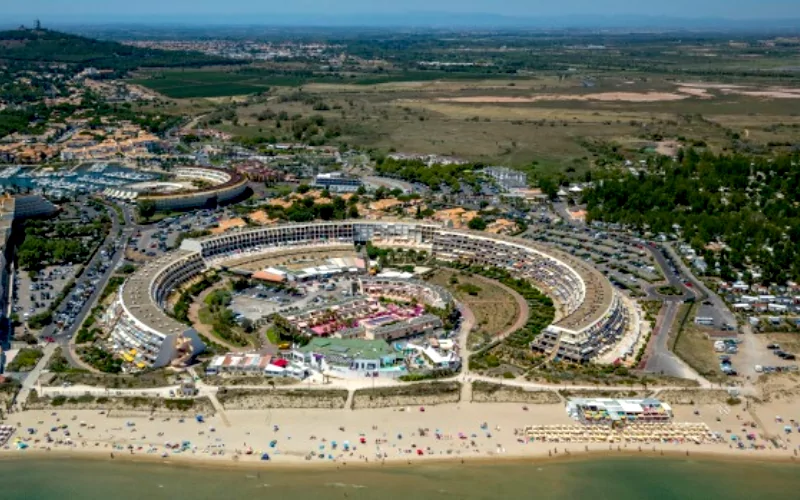
19. Pigeons in the French military
Pigeons have played an important role as messengers in the French army. During the Battle of the Marne in World War II, the French army sent 72 pigeon cages with the troops. In addition, several pigeons performed such important actions that they were rewarded with important honours.
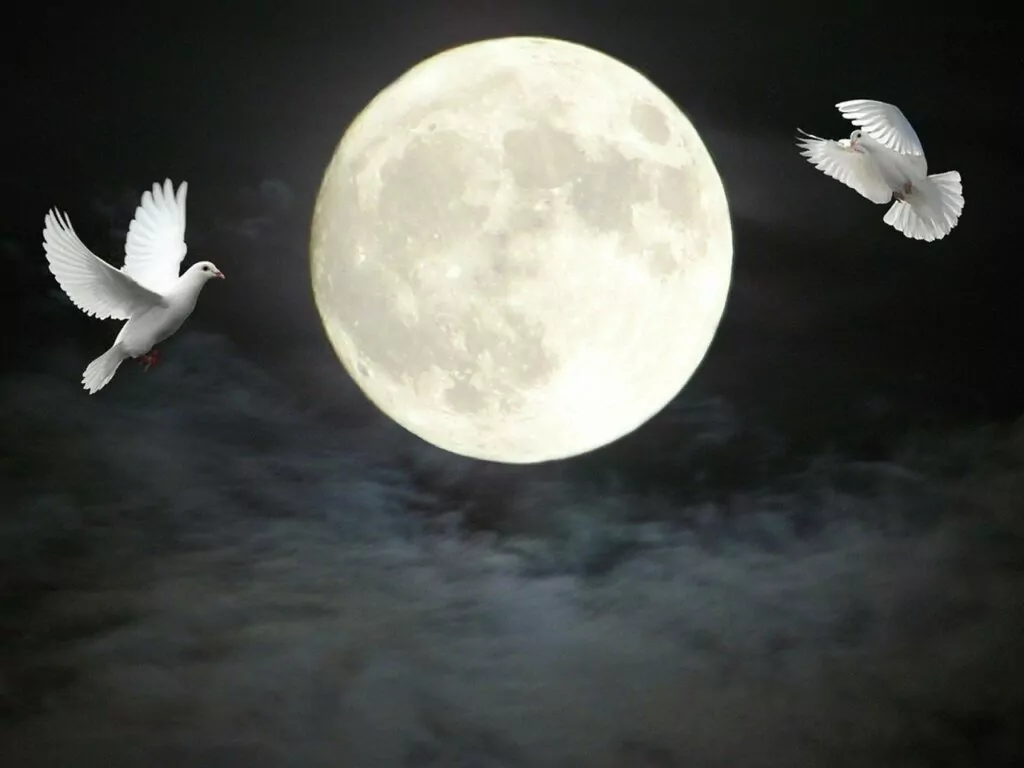
20. More than 6 million Parisians are buried in catacombs
In the 18th century, mass graves were created underground in Paris. The cemeteries in Paris were overcrowded and the city authorities decided to move the dead to the catacombs. The move, which began in 1786, took about 15 months. At night, those awake could hear the sound of the carts through the streets of Paris as the dead were transported so as not to attract too much attention. Today, over 6 million Parisians are buried in 30 miles of tunnels, 20 metres underground. Book a guided tour if you dare!
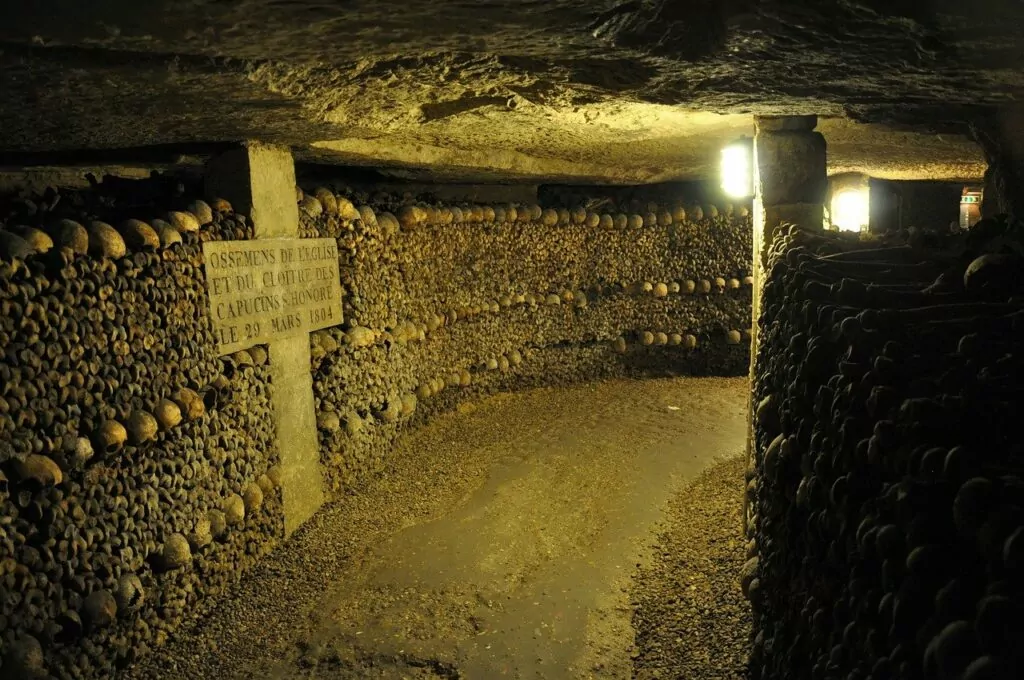
21. Cannes Film Festival has been attracting celebrities since 1946
The Cannes Film Festival is a real highlight and the fun part was that we visited the Cannes Film Festival in May 2015 without realising that our visit coincided with the festival. We got a great surprise, and how cool it was to see them honouring Ingrid Bergman while we were there. Here are some interesting facts about the festival:
- The film festival officially opened on 20 September 1946.
- In 1952 it was decided that it would be in May
- The Cannes Film Festival's annual budget is €20 million and it generates €80 million.
- The famous red carpet is changed 3 times a day for the prints of designer shoes.
- For the guys, black tie is required to walk the famous red carpet. But for the ladies, it's a chance to show off some designer dresses.
- Hopefuls crowd the area outside the Palais des Festivals, the main building used for the festival, holding up signs asking for extra tickets. Sometimes it works!
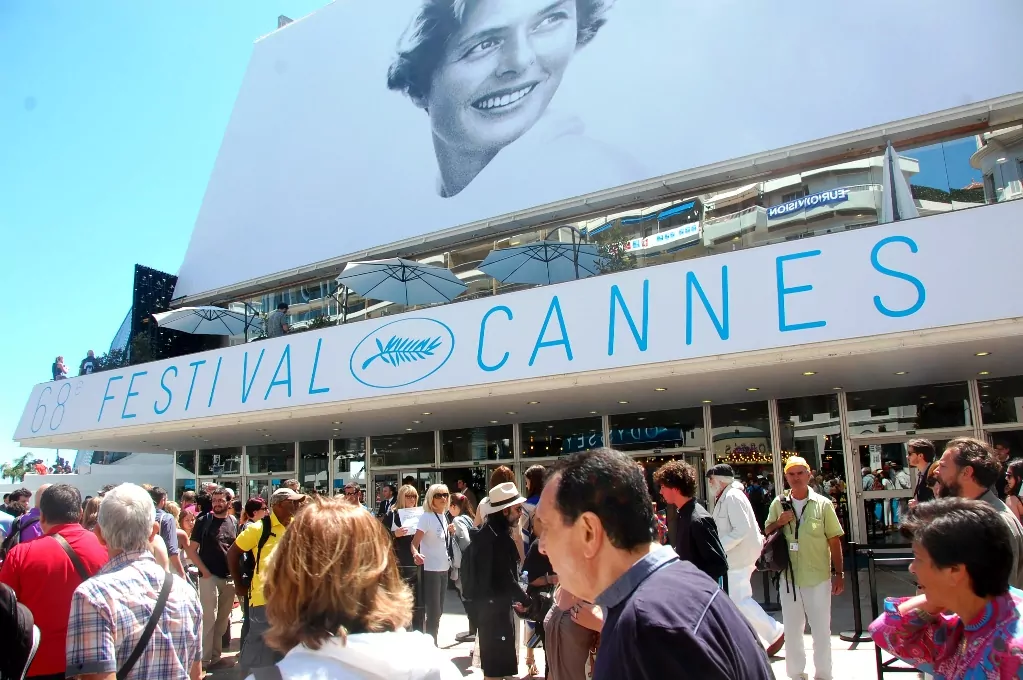
22. France has 49 UNESCO World Heritage Sites (2021)
France boasts 49 unique Unesco World Heritage Sites (2021), 2 new ones in 2021, followed by Germany with 51 World Heritage Sites, China with 56 World Heritage Sites and Italy with 58 World Heritage Sites.
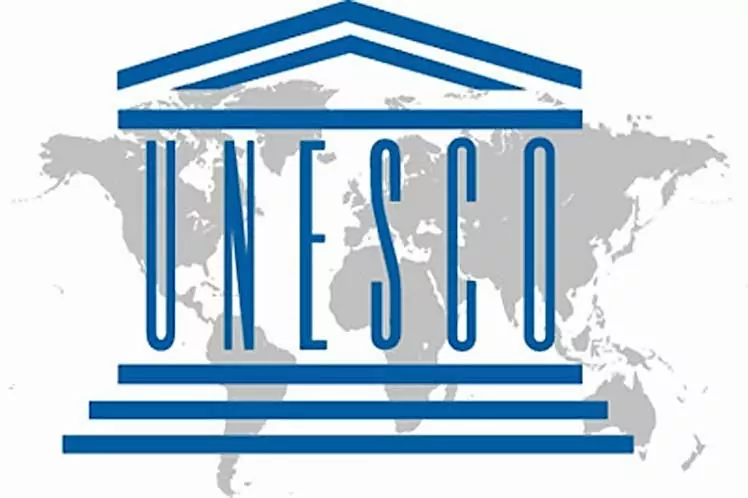
23. In Champagne, the grapes must be hand-picked.
The Champagne region is located two hours east of Paris in north-eastern France. In the 18th century, the Benedictine monk Dom Pierre Pérignon started making champagne here. Imagine if he had known where he was going! The region is not large but beneath the cities of Troyes, Reims, Èpernay and Chalons en Champagne are thousands of tunnels containing millions of bottles of champagne. There are 15,000 producers of sparkling wine, the biggest being Moet & Chandon.
There are three main types of grapes used to make true champagne: pinot noir, pinot meunier and chardonnay, with both pinot noir and pinot meunier being blue grapes. Grapes to produce champagne must be hand-picked, and pickers must be trained prior to picking.
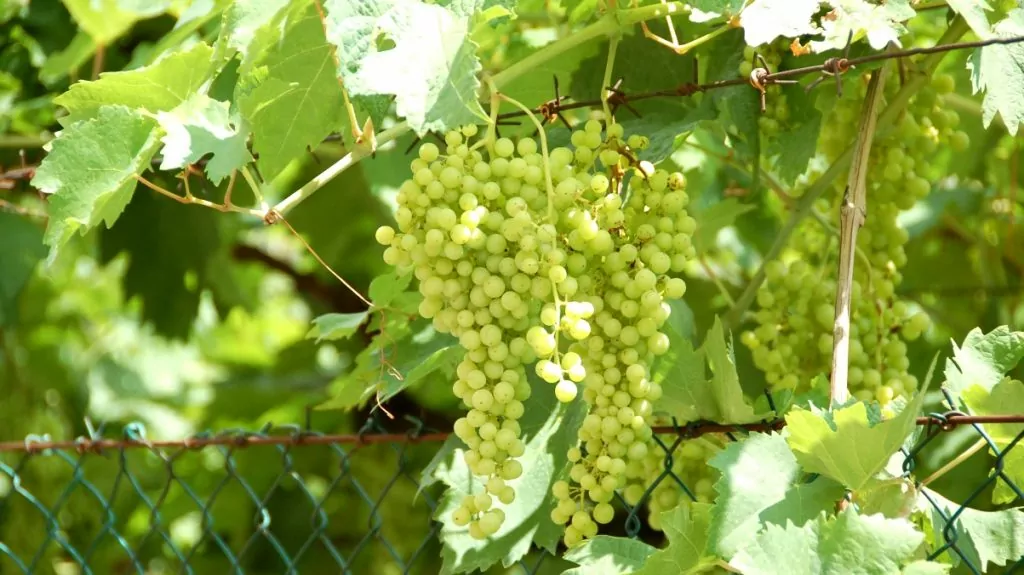
24. champagne should be drunk in wine glasses
Champagne should be stored dark and on its side in a wardrobe or cupboard, but not in the fridge. Before serving the drink, however, it should be chilled. But which glass to use? In fact, many people consider champagne glasses to be the wrong kind of glass. A wine glass may be a better choice to savour the aroma of the drink and get the full experience. But no, enough is enough ... I'm not changing my champagne glass!
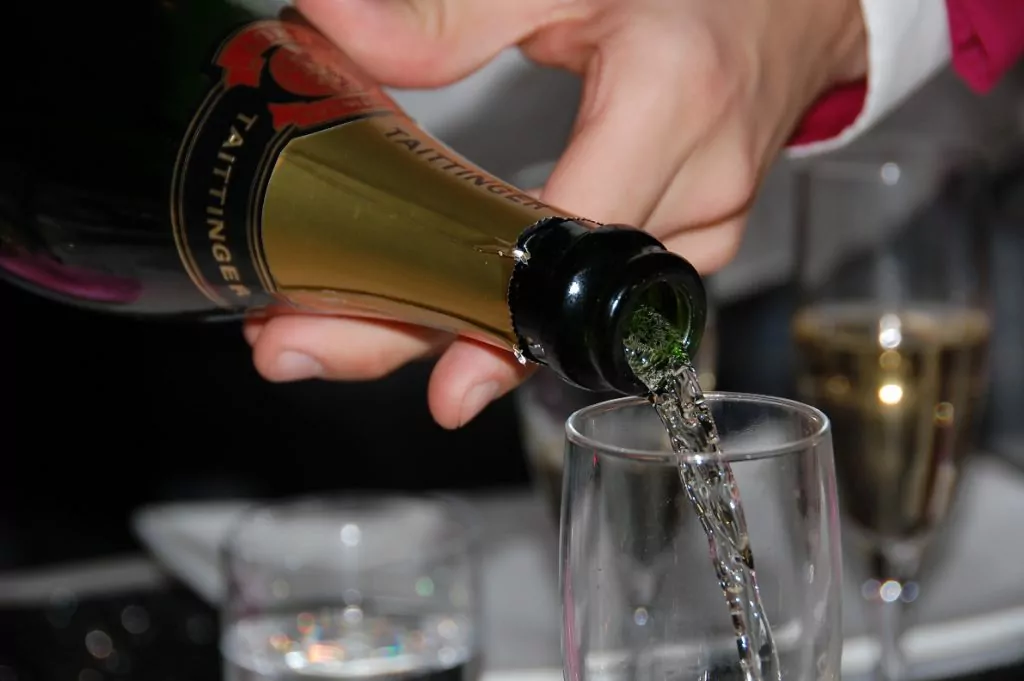
25. Different food in France
In France, you may come across some foods that may not go down well in everyone's house in Sweden. Here are some examples - and our reflections.
- Frog legs - have not tasted
- Slugs that the French eat 30,000 tonnes a year - that's about it.
- Foie gras - crazy good
- oyster (from Cancale 25,000 tonnes/year are harvested) - crazy good
- Mussels - crazy good
- Rabbit - good
- Horse - like that
- Chicken babies (most tender) - have not tasted
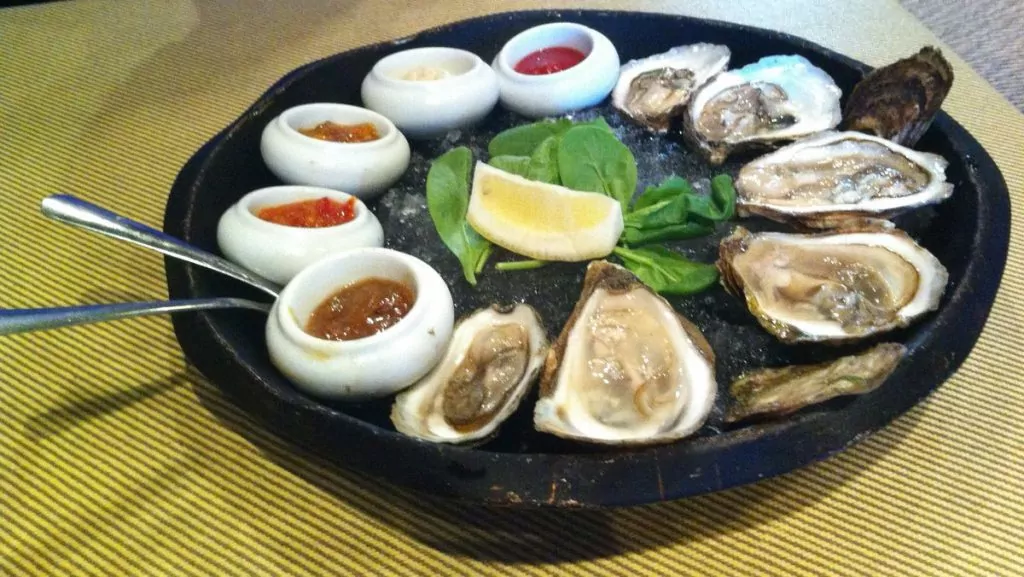
26. Mont Saint Michel could once only be visited at high tide.
Mont Saint Michel in Normandy was originally built in 708 as a small chapel by a monk at the behest of the Archangel Michael, hence the name Saint Michel. Around 1000, a larger monastery was built on the site. This was supplemented by a Roman monastery and later a further Gothic structure.
Until 2010, the island could only be accessed when the tide was in. This is the highest tide in Europe, at 15 metres. When the tide went out, you could walk out to the island, and then you had to wait until the next time the tide went out. There was a lower bridge then, but if there was a queue and the tide came in, it was goodnight with that car. Today, a higher bridge has been built across, and you can stand on it and watch the tide come in and turn St Michel into a magical island.
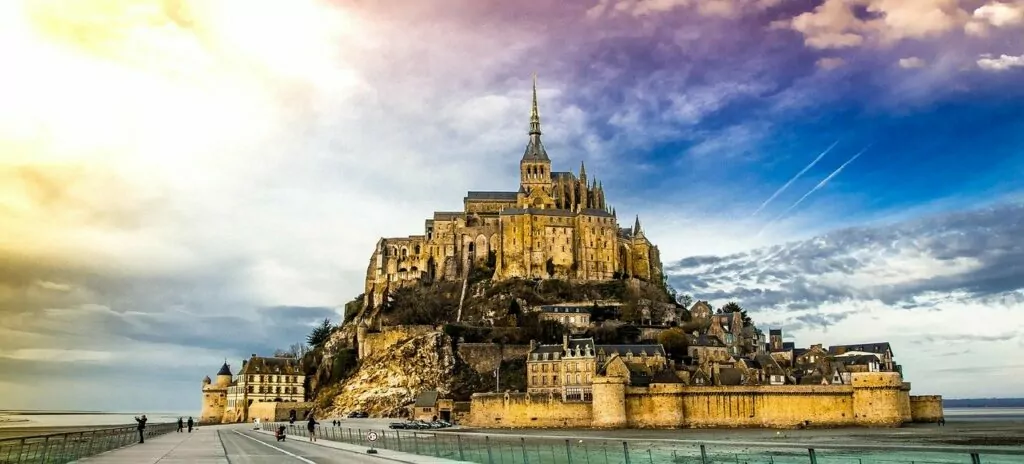
27. Many inventors from France
- Boule (French pétanque) comes from the south of France and means ball.
- The first manned hot air balloon took place on 21 November 1783. Two French brothers named Montgolfier designed the hot air balloon.
- The guillotine was invented when Joseph Guillotin in 1789 thought that everyone should get a more humanitarian execution instead of hanging and burning at the stake, huh!
- The hair dryer was born in France in 1888.
- Braille was created by Louis Braille.
- The first cinema on 28 December 1895 was shown at the Grand Café in Paris and the Lumiére Brothers were responsible for the feat.
- From France came the calculator by Blaise Pascal in 1642.
- The lead accumulator (car battery) was invented in 1859 by Gaston Planté and further developed in 1876 by Henri Tudor.
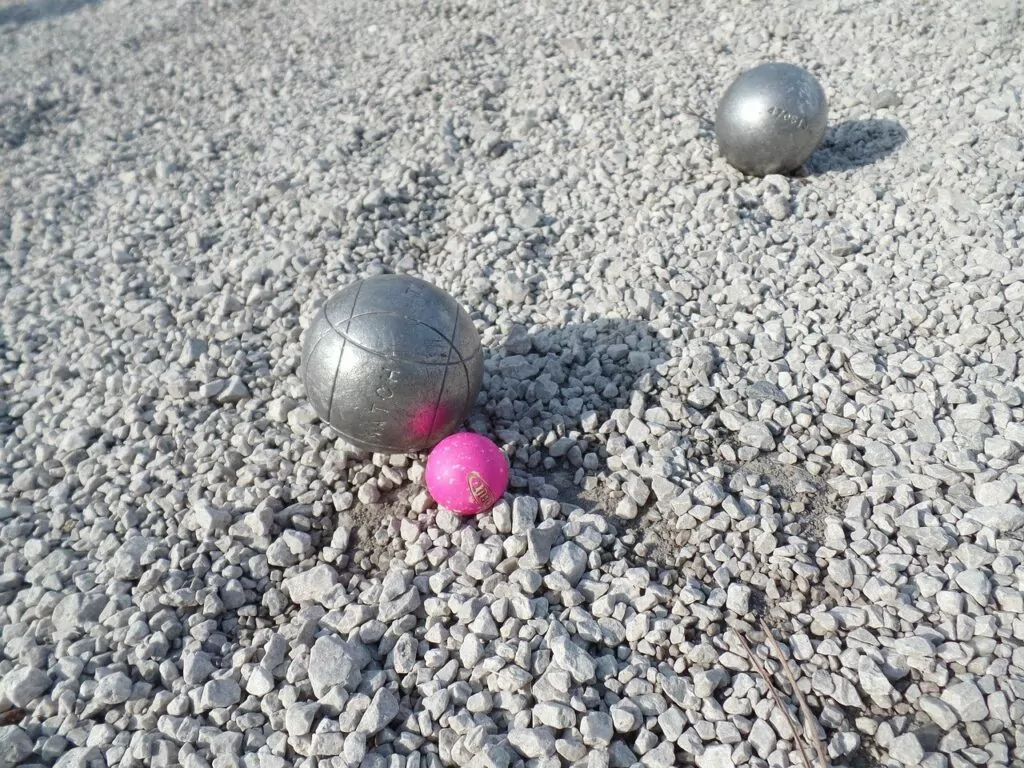
28. Dune du Pilat is Europe's largest sand dune
Dune du Pilat is located in La-Teste-De-Buch in the Bay of Arcachon near Bordeaux in France. The dune is 3 km long, 500 metres wide and 104 metres high and it took a while for us to just get up, but what an experience!
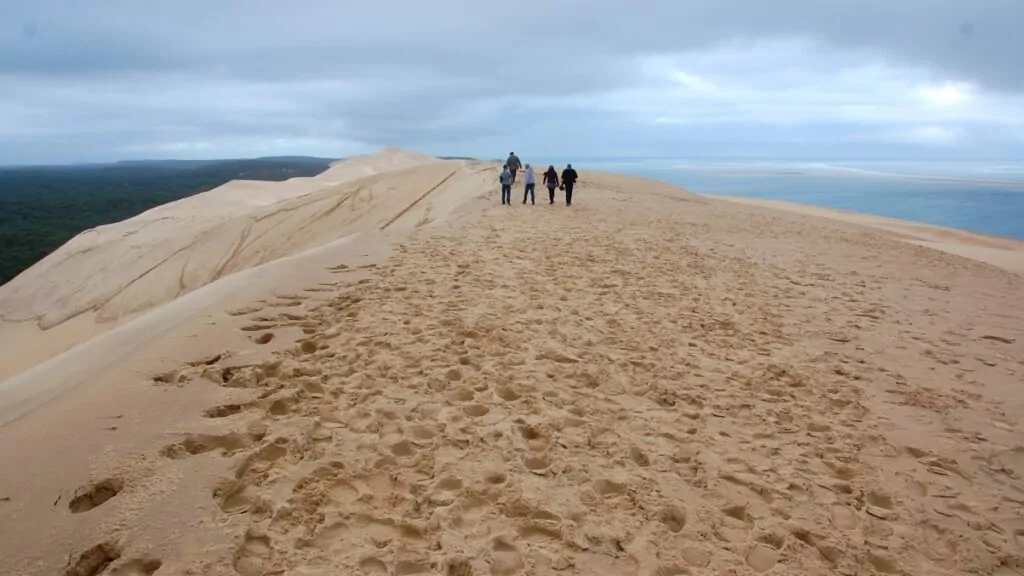
29. Corsica's flag symbolises liberation
The Mediterranean island of Corsica, which belongs to France, has a very special flag with a black head with a headband. The flag was adopted in the 18th century, and was based on a traditional flag used much earlier than that, with an image of a defeated Moor. Originally, the headband covered the eyes like a blindfold, but this was adjusted and the flag came to symbolise the emancipation of the Corsicans from Genoa.
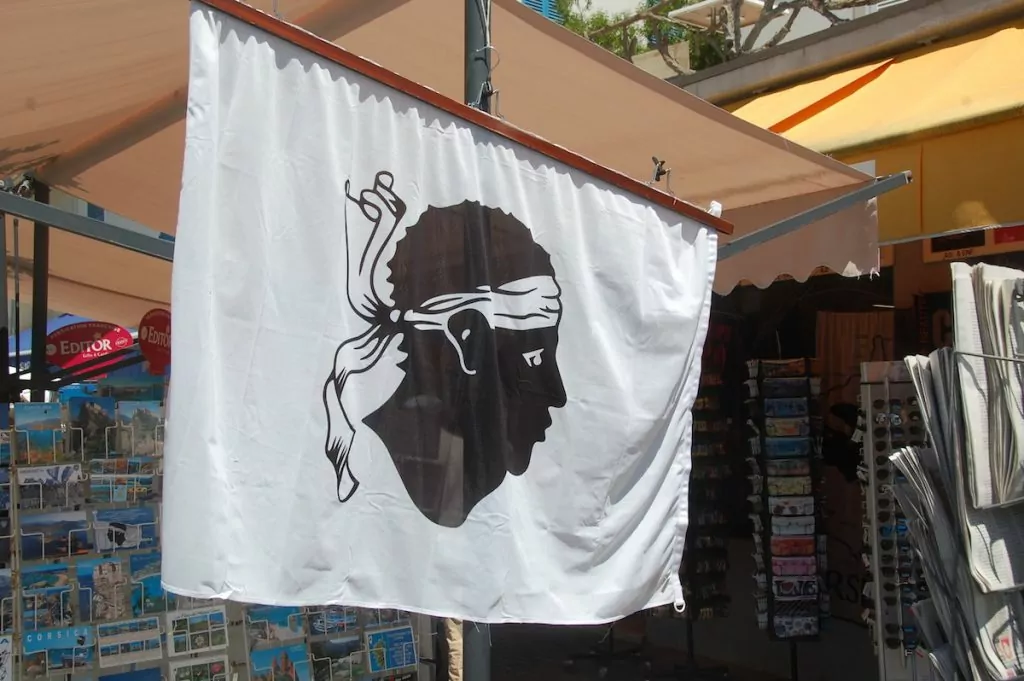
30. Gorges du Verdon - Europe's Grand Canyon
Gorges du Verdon is a stunningly beautiful area that we visited in 2015, and we needed 4 days to see it all. There are small medieval villages such as Moustiers-Sainte-Marie, Castellane and Aiguines and hugely dramatic scenery. The mountain walls plunge 700 metres down to the river Verdon, where you can also go canoeing. Not to be missed if you like nature!
Finally, we must mention Ardeche which lies further west and is similar to the Gorges du Verdon. Through the Ardeche, a long river runs for almost two miles where you can paddle in with high cliffs around you. France is awesome!
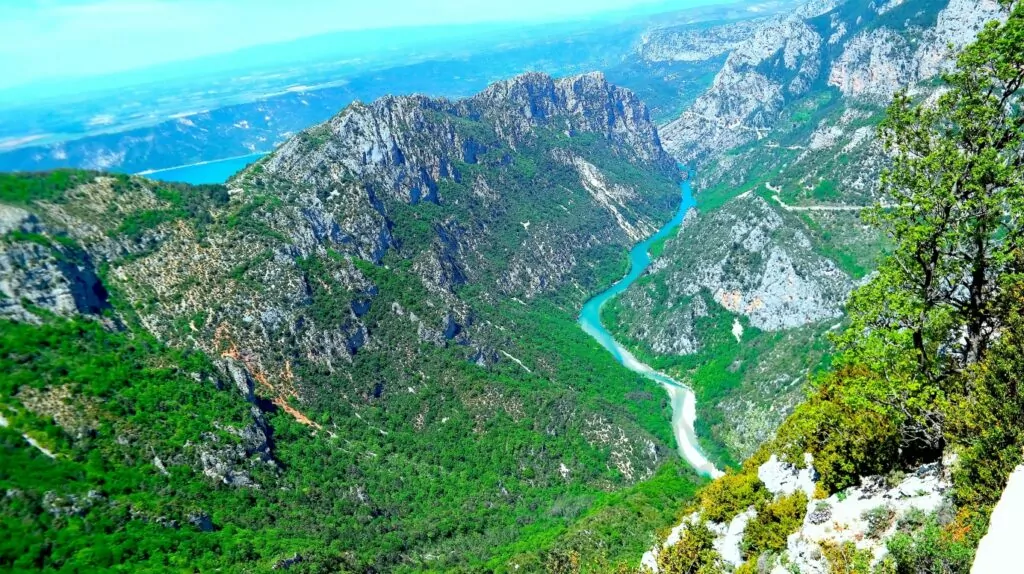
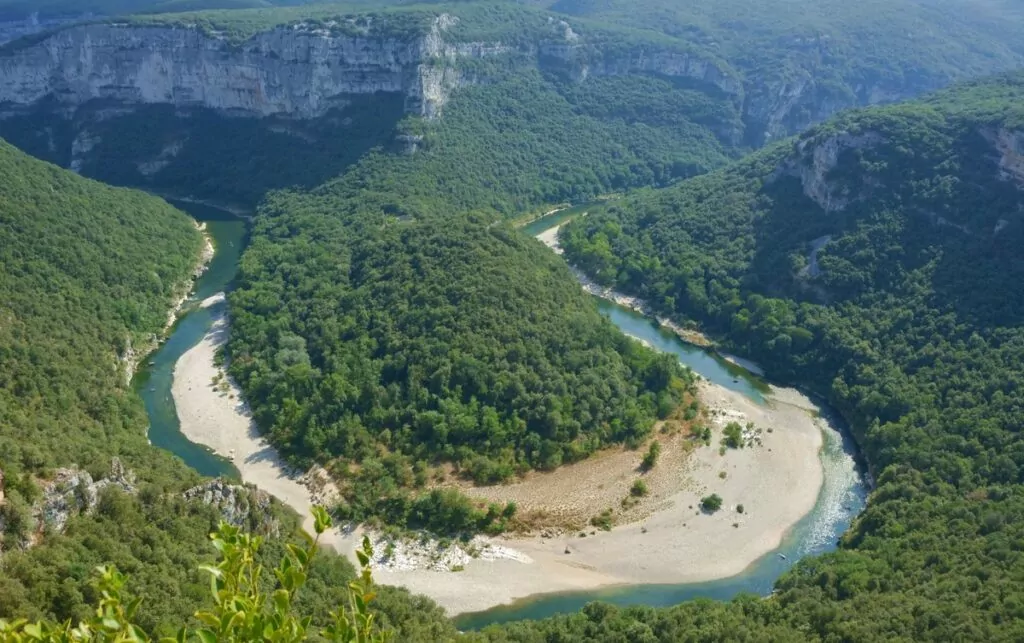
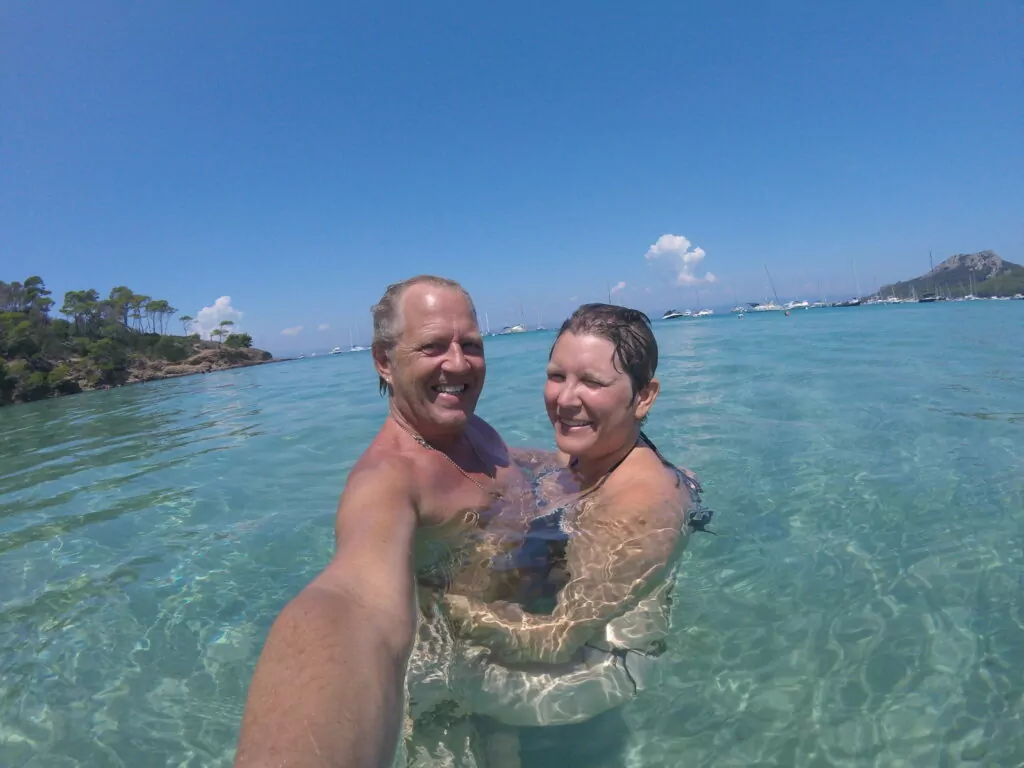
More interesting facts about France
- At 4,807 metres, Mount Blanc is the highest peak in Europe.
- Since 2016, it is forbidden to throw away food that has expired in supermarkets. It must be given away to someone.
- On 18 May 2016, France legalised same-sex marriage.
- France has won 15 Nobel Prizes in literature, making it the best in Europe.
- French was the official language of England for about 300 years between 1066-1362.
- Never put a baguette upside down in France because it brings bad luck.
- The Silver Coast is the west coast of France with 30 miles of sandy beaches.
- Corsica belongs to France.
- Mickey Mouse and Disneyland attract more tourists than culture in France.
- The longest street in Paris is Rue Vaugirard: 4360m. The shortest, Rue des Degrés: 5.75m. The widest, Avenue Foch: 120m. The narrowest, thel'Allée des Faucheurs and Duée Passage: 0.60m.
- La Tour d'Argent is the oldest restaurant in Paris. It was opened in 1582!
- Paris was formerly known as 'Lutetia Parisiorum' and is an ancient Roman city.
- Paris is the most visited city in Europe (second in the world).
- Notre Dame is France's most visited attraction with around 12 million visitors per year.
- France has 30,000 people over the age of 100 and the oldest living person in the world today in 2022, Sister Anndré, a nun aged 118.
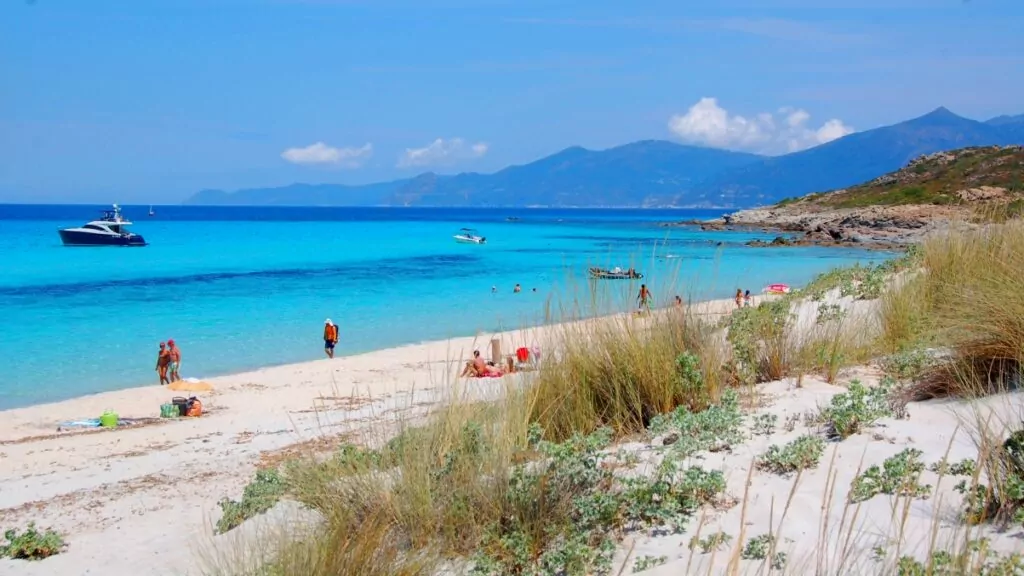
Surprising facts about France?
Were these surprising facts about France, or did you know everything already? Do you have any more exciting facts about France to share?
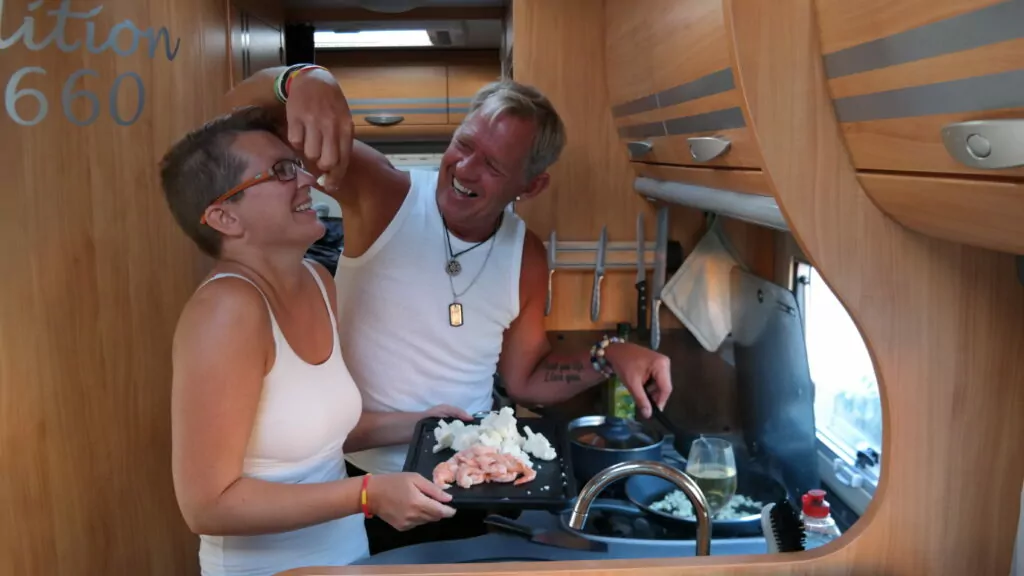
INFO AND FACTS ABOUT FRANCE
- What country? France (Republic)
- Capital city? Paris
- Language? French (some also speak English)
- Statehood: Republic
- Residents? 67 million (2017)
- Currency? Euro
- Price point? As in Sweden
- Time difference? None
- Emergency number? 112
- El? Like Sweden
- Water? Drinkable
- Religion? Christianity
- National anthem? La Marseillaise (The Marseillaise)
- Watch out for? In some areas, you may want to keep an extra eye on your valuables.
- Think about? In France, people are often polite, so learn a few polite phrases in French for your trip to France.
Information on France for travellers
- Destination: Travelling to France - your guide to France's best destinations
- Travelling by motorhome: Travelling by motorhome in France
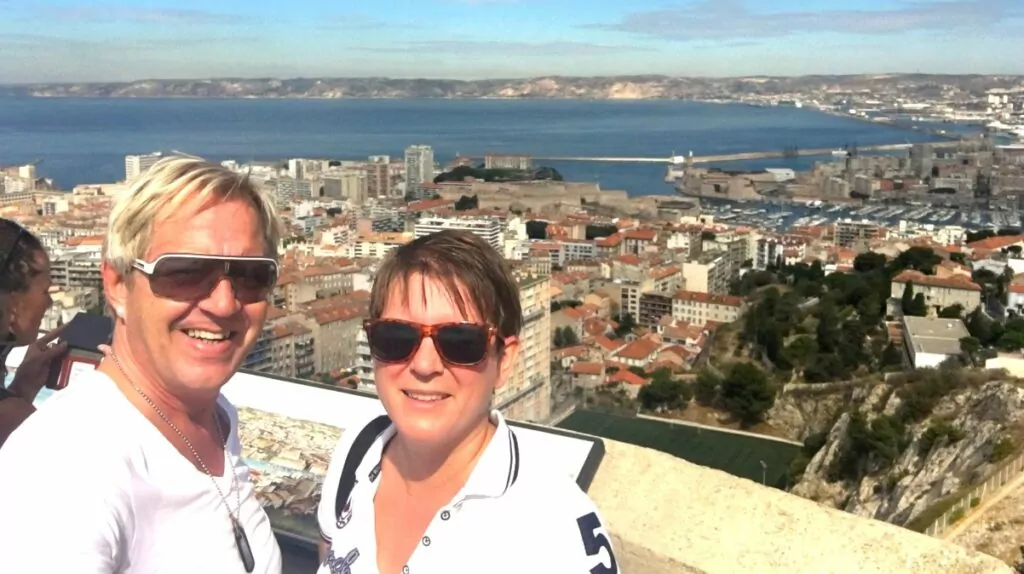
Food & drink facts about France
- Mecca of the Michelin Guide, lots of great restaurants, and a generally high standard. How about 29 3-star restaurants and 95 2-star restaurants? In comparison, Sweden has one 3-star and three 2-star restaurants.
- Our tip is to look for small stalls where you see locals sitting, because they know which ones are good for the right money.
- What's easy during your trip in France is that they often serve three-course meals, and you don't have to order potatoes or salad separately.
- Since France has the English Channel coastline with oysters and mussels, the Atlantic Ocean with all the shellfish and larger fish, and the Mediterranean Sea, there's plenty of seafood to choose from.
- A fresh mix: duck, turkey, lamb, beef, snails, foie gras and always fresh vegetables and more.
- The base is always pain riche and baguettes. In the morning, there should be croissants to get a French citizen through the day.
- France's national dish is very regional but unofficially it is originally steak (fried in peanut oil) with French fries (steak frites) with mustard dressing (French) and tomato salad.
- There are also fantastic desserts to try during your trip to France: crème brulée, parfait, chocolate mousse, sorbet and flambéed desserts - the list goes on and on.
- The French are not known for their beer, but both their red and white wines are world-class and fit the gourmet mindset of France. In addition to wines, we have Champagne, Calvados (apple brandy), Cognac, Chartreuse (liqueur) and Ciroc, an exclusive spirit.
Shopping facts about France
- Many people probably think it's expensive in France. They have the same chains that are in all the big cities around the world. They also have lots of small traders living off tourists and with lots of contacts from North Africa.
- We have often shopped very cheaply in France, but with our own design. It's fun to shop here, and whether you're buying expensive or cheap, you'll find stylish designer clothes that aren't even available in the north.
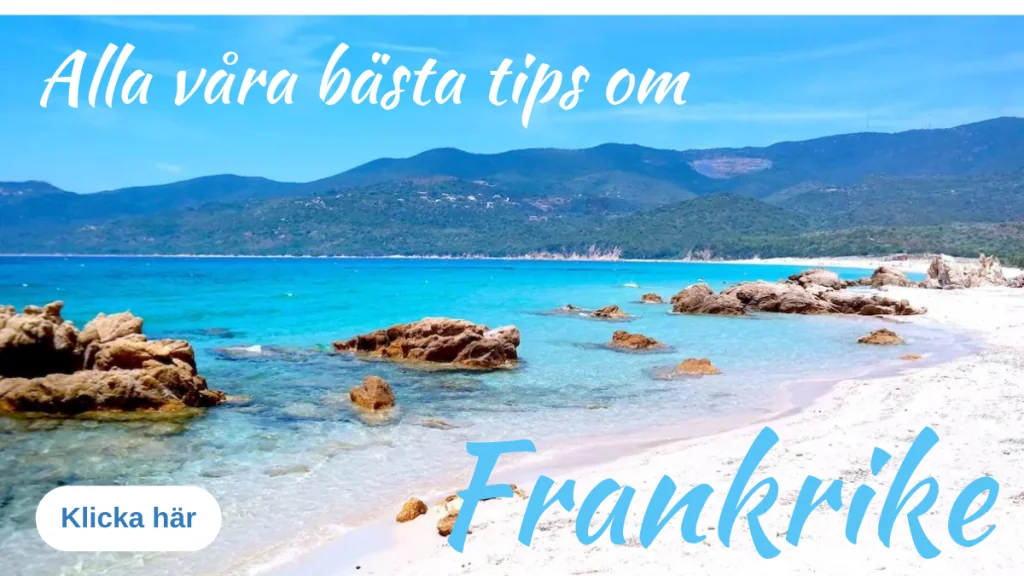


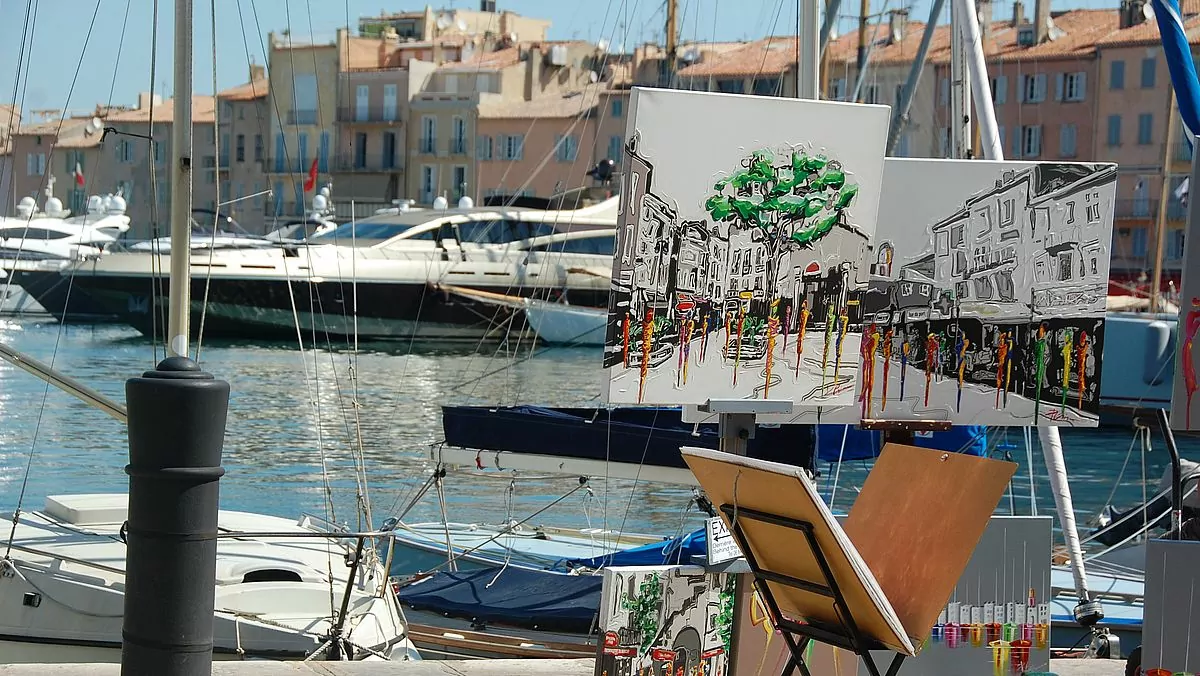







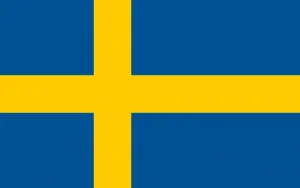
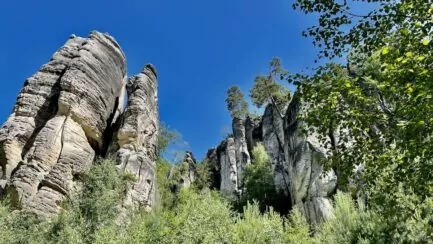
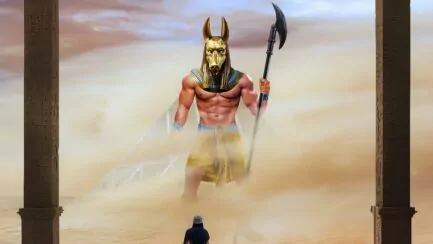
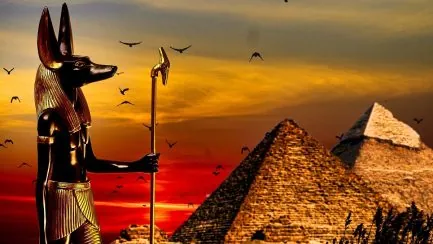
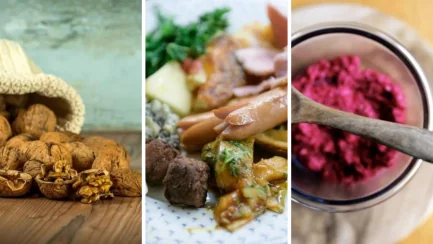
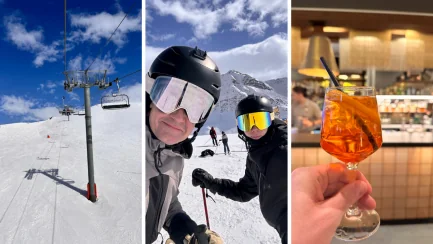



Lena+in+Wales+and+Spain says:
Wow, what a fun and interesting post!
Even though I lived in France and work there too, there were some new fun things.
I could comment on each point, but that would be a bit long-winded.
Pigeons were also used for the British during the war.
You really do have good food. I have eaten frog legs, but it was nothing special, I think. Snails, my big favourite, love them! Foie gras, wonderful. I have eaten a lot of rabbit in France, cheap and good, especially if you have your own rabbits.
Have a nice weekend!
14 November 2020 - 11:47
Helena says:
Thank you for your comment Lena! 🙂 Yes, it is of course true that the British also used pigeons, fascinating though! Glad to hear you love the snails, we have tried but found it tricky. Generally we love French food though! Your own rabbits? Tell me!!! And wish you a nice weekend!!!
14 November 2020 - 19:25
Annar+Aas says:
Very nice tourist guide. Had planned to travel with the motorhome there in the summer of 2020, but then Corona came, luck, now we can travel to France with the best guide.
14 November 2020 - 12:38
Helena says:
Oh, how sad that you didn't get to go, but at least you have something to look forward to! We think France is a fantastic country to travel in! 🙂
14 November 2020 - 19:26
Ingrid M says:
Now we are all anxiously awaiting the artist M and corrections :-), probably thought she would have the first comment despite her alias. Honestly, they cheer up and are good a lot too. Have a good time, so nice you got started with exercise and diet, is always good even if you do not have the strength all the time.
14 November 2020 - 16:54
BP says:
A very funny and interesting post. I have lived in Paris several times, and I actually lived on Rue de Vaugirard, but never realised that it was the longest street in Paris.
I have also eaten the food in Paris, although the rabbit "slipped down" in Spain instead.
Paris is amazing and France is wonderful. I love the French who are absolutely not snotty as many claim, rather the opposite.
14 November 2020 - 17:23
Helena says:
Glad you liked the post! We have worked on this together. Peter has "researched" and written most of it and then we have worked together 😉 We have eaten rabbit in Malta too. quite common there.
14 November 2020 - 19:27
4000mil says:
Funny points. I did a post like that on Holland last summer. Very fun to search for odd facts. Although I had good help from my Dutch brother-in-law too.
I think we and you have opposite relationships with France and Italy. We love Italy and you are always a bit sceptical. You really like France and we are always a bit provoked when we are there. But then again we say about France. ?
14 November 2020 - 18:11
Helena says:
Oh yes, I remember your post about Holland. Great! We have worked together on this post. Peter has looked up the information and written most of it, and then we have worked together 🙂 And haha, yes, it may be true with that reverse relationship. You get provoked in France and we can get provoked in Italy, haha. Just keep trying 😉 .
14 November 2020 - 19:29
Bibbi Ekstrand says:
Really funny, interesting and nice post! There was a lot of new stuff I didn't know about again really worth reading! The absolute best mussels we have ever eaten and we eat it gladly and relatively often was at a restaurant inside the huge castle in Carcasonne. The French are really good at food in general. Not to mention wine, champagne and cheeses and other good things. Oh, gets so hungry to go with the motorhome there again.
14 November 2020 - 18:15
Helena says:
Thank you, what a nice comment! 🙂 The mussels are really good in France, I agree. And Carcasonne is such a cool place!!! Yes, you look forward to travelling again!!!
14 November 2020 - 19:31
Ruth in Virginia says:
Interesting reading for me, who has never been to France.
except changing planes in Paris. Never had any desire
to travel there - don't know why. As for food: no snails,
oysters, mussels etc. for me. Don't like anything that slips
down into your stomach. But cheese - it's delicious!
I remember the "Grand Canyon" from your European trip. Impressive.
14 November 2020 - 20:34
Helena says:
Gorge du Verdon was indeed a fascinating place! Glad you remember! 🙂
15 November 2020 - 8:34
JoY says:
What a fun great post about France, a lot I had no idea about. A country we also like to travel around in.
A Paris without the Eiffel Tower would be strange because we associate the city with it. We have never visited the Louvre, even though we have been to Paris several times. However, the old restaurant La Tour dÀrgent was visited by me many years ago.
Lots of great places to visit, can't wait to hit the roads in Europe.
Enjoy the darkness of November
14 November 2020 - 22:40
Helena says:
Glad you visited that ancient restaurant! 🙂 France is really amazing to travel in, in many ways.
15 November 2020 - 8:36
Fazel says:
Fin
15 November 2020 - 1:06
Lena - good for the soul says:
Great post! Interesting and a lot of new things. But gosh, not fun to be a man and try to prove that you were not impotent! 🙂 And how creepy with the catacombs full of corpses. Ugh!
Hug Lena
16 November 2020 - 20:36
Anna-Clara af Ekenstam says:
Hello!!! Fun post about France and also much needed now that we can just dream away ... AND plan for all the trips we will make when it is finally good to move freely in the world again. I recently wrote a post about Gorges du Verdon, Monica Axén read and commented on it. I understood that you visited her in Provence - fun! I have not visited Ardeche - looks beautiful. Do you know if it is possible to hike there too?
17 November 2020 - 14:39
Helena says:
Yes, you can dream and plan for the future! Ardeche is fantastically beautiful! I do not really know if there are hiking trails (our visit was quite short) but it is a beautiful natural area so it should do so, you think!
02 December 2020 - 9:56
Anonymous says:
good facts about france and many facts about france mvh mahdi
13 November 2023 - 11:01